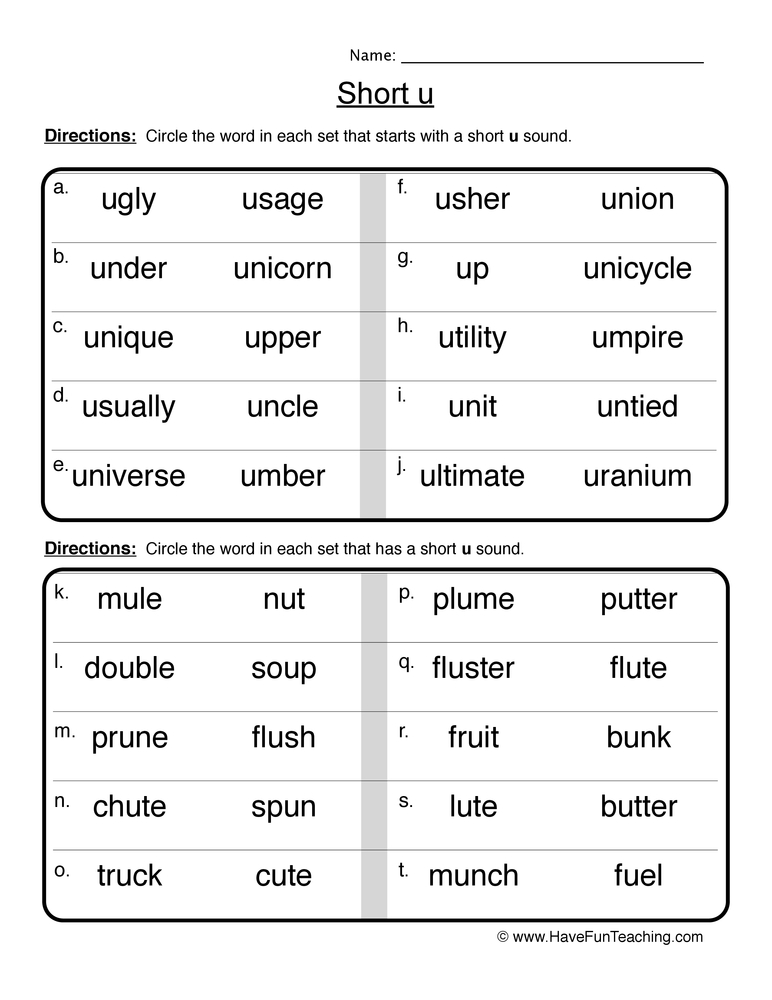

Auden, Stephen Spender and Dylan Thomas.ģ. (Remember that vowels are a, e, i, o, u, and sometimes y. Their use of assonance instead of end rhyme was often adopted by such poets as W.H. Assonance is defined as the repetition of similar vowel sounds within words, phrases, or sentences. Otherwise, it was rarely used in English as a deliberate technique until the late 19th and 20th centuries, when it was discerned in the works of Gerard Manley Hopkins and Wilfred Owen. Assonance is a literary device that can affect the. The last verse of Sir Patrick Spens is an example: Haf owre, haf owre to Aberdour, It's fiftie fadom deip: And thair lies guid Sir Patrick Spence, Wi' the Scots lords at his feit. Assonance is the repetition of identical or similar vowel sounds within words, phrases, or sentences. In English verse, assonance is frequently found in the traditional ballads, where its use may have been careless or unavoidable. The repetition of words or phrases that rhyme in a. The repetition of vowel sounds in a line. It remains a feature of Spanish and Portuguese poetry. The repetition of consonant sounds within words within a line.

Sometimes a single vowel sound is repeated, as in the opening line of Thomas Hood's Autumn: I saw old Autumn in the misty morn Sometimes two or more vowel sounds are repeated, as in the opening lines of Shelley's The Indian Serenade, which creates a musical counterpoint with long i and long e sounds: I arise from dreams of thee In the first sweet sleep of night Assonance at the end of a line, producing an impure or off, rhyme, is found in La Chanson de Roland and most French verses composed before the introduction of pure rhyme into French verse in the 12th century. As a poetic device, internal assonance is usually combined with alliteration (repetition of initial consonant sounds) and consonance (repetition of end or medial consonant sounds) to enrich the texture of the poetic line.
#Repetition of vowel sounds within words free
Many common phrases, such as mad as a hatter, free as a breeze or high as a kite, owe their appeal to assonance. Connotation: The set of associations implied by a word in addition to its literal. It is unlike rhyme, in which initial consonants differ but both vowel and end-consonant sounds are identical, as in the phrase quite right. Assonance: The repetition of vowel sounds within a short passage of verse. This one is usually NOT on the CST Test, but why not know it A repetition of vowel sounds. in prosody, repetition of stressed vowel sounds within words with different end consonants, as in the phrase quite like. 4 Assonance A repetition of vowel sounds within words or syllables.

resemblance of sounds in words or in syllables, repetition of vowel sounds, vowel rhyme partial agreementĢ. assonance, is the repetition of vowel sounds within words that are closely put together consonance, is the repetition of the same consonant sound within or at.


 0 kommentar(er)
0 kommentar(er)
